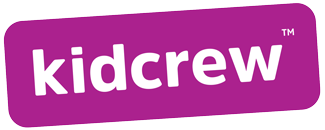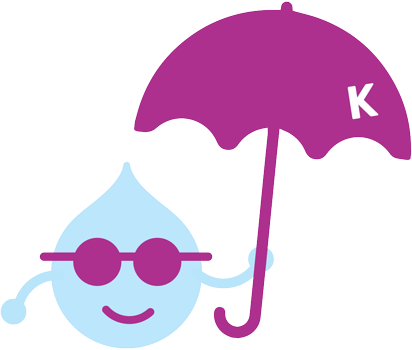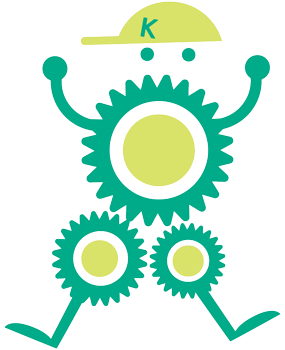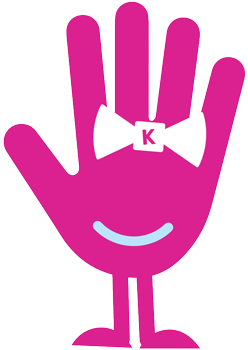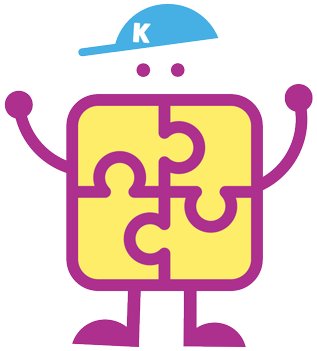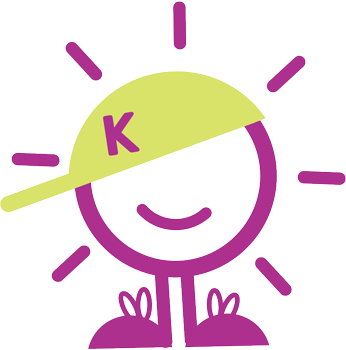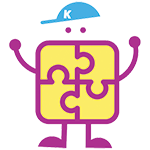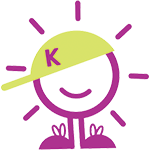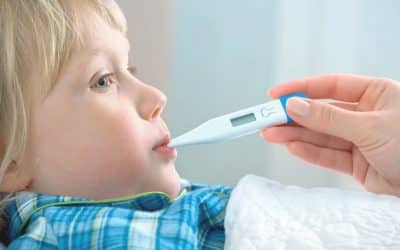Generally, someone with ADHD is restless and has problems paying attention
Attention deficit hyperactivity disorder (ADHD) is a disorder that is usually diagnosed in childhood but may extend into adulthood. You might think to yourself, ‘do I have ADHD?’. Someone with ADHD is generally restless, has problems paying attention, and usually acts on impulse (with no care of the outcome).
Most children experience periods of inattention, hyperactivity, and impulsivity. This is especially common among preschoolers who have short attention spans and struggle to stick with one activity for a long.
Similarly, even older kids can be easily distracted when something less interesting presents itself; Simultaneously, some teenagers may also find it hard to stay focused on mundane tasks that are not particularly engaging or exciting.

If a child is naturally more energetic than most of their peers, they shouldn’t be considered ADHD. However, parents need to understand that just because someone has different characteristics from those around them doesn’t mean it should be defined as the disorder.
Children may struggle with attention deficit hyperactivity disorder (ADHD) at home or school. Still, even inattentive children or show signs of ADHD like fidgeting and difficulty focusing can have normal lives.
Attention Deficit Hyperactivity Disorder
ADHD, or attention deficit hyperactivity disorder, is a common neurodevelopmental condition that commonly begins in childhood and can persist into adulthood. It may contribute to low self-esteem and trouble at work/school due to limited focus and an inability to sit still for too long without becoming distracted.
Treatments include medication such as Ritalin and talk therapy which helps people with ADHD better understand their own challenges to know how best to break free.
ADHD Symptoms
Symptoms of ADHD include hyperactivity and impulsiveness, being unable to sit still in calm or quiet surroundings, constantly fidgeting.
The inability to concentrate on tasks leads them to act without thinking and interrupting conversations.
Deficit Hyperactivity Disorder ADHD
Though it’s sometimes called adult ADHD, symptoms start in early childhood and continue into adulthood. Unfortunately, these conditions are not recognized or diagnosed in some cases until the person is an adult.
Adult ADHD may present with less obvious hyperactivity than children; however, adults commonly struggle with impulsiveness, restlessness, and difficulty paying attention.
Symptoms of ADD in Children
Children may have trouble being attentive or behaving at one point in life, but children with ADD may never outgrow these behaviors.
ADD symptoms in children include:
- Daydreaming
- Getting distracted easily
- Forgetting and losing things easily
- Short span of attention
- Talking too much
- Inability to resist temptation
- Making careless mistakes
- Taking unnecessary risks
Types of ADHD
Some kids have ADD: attention deficit disorder. Other kids have ADHD: attention deficit hyperactivity disorder. The difference is whether the child demonstrates hyperactivity in addition to challenges with distraction and/or inattention.
Typically, ADD can be classified into three types, depending on the most pronounced symptoms an individual shows.
Types of ADHD:
Inattentive ADHD
A person with inattentive ADHD gets distracted easily and has a challenging time paying attention. As a result, they find it challenging to organize and finish tasks and usually forget daily routine tasks. They also have a hard time following instructions.
Predominantly Hyperactive and Impulsive
Kids with hyperactive and impulsive ADHD usually fidget and find it challenging to stay in one place for a long time. In small children, you can notice it by their frequent running, jumping, and climbing. Generally, they are restless and may interrupt others and speak when they are not needed to.
They may encounter many accidents ad they may take risks without thinking through.
Combined Presentation
Such people equally display the symptoms of the two types mentioned above.
Diagnosing ADHD
It is important to note that the diagnosis of ADHD involves a series of tests. In addition, ADHD may have similar symptoms to other learning disabilities or share symptoms with conditions like depression.
It is good to talk to their teacher or doctor when you start suspecting that your child may have ADHD. They may have to see a psychologist or their physician for some tests.
The tests will help differentiate the symptoms and follow through with how your child responds to treatment.
I commonly use the SNAP Questionnaire as a first assessment. The SNAP-IV 26 – Teacher and Parent Rating Scale is a validated and objective screening tool that measures attention deficit hyperactivity disorder (ADHD) and oppositional defiant disorder (ODD) symptoms in children and young adults.
It is quick to complete, and this data can help classify a child as having or not meeting the criteria for ADHD.
ADHD Treatment in Children
ADHD has no specific cure, but ADHD treatment aims at helping the child to manage the symptoms and function better. Depending on the symptoms, the doctor may prescribe some medications or behavioral interventions or combine the two.
The doctor may prescribe stimulant or non-stimulant medications. They may be helpful to children who have trouble paying attention to details or having a short attention span. It will help them stay on a task for more extended periods.
Behavioral intervention plans may be helpful to teach the child some adaptive behavior skills. They may include behavior modification and social skills training. The kids slowly learn how to stay attentive and weigh options before acting. It also helps them to think about the outcome before taking risks.
The Bottom-Line
Once you start suspecting that your child has ADHD, it is good to talk to their doctor. Early interventions will prevent the condition from bringing adverse effects on your child.
They will also learn new skills and ways to handle different situations. The good thing about taking your child to a doctor is that it helps them realize that different people have different abilities.

FAQ – Frequently Asked Questions:
Do I have ADHD? Does my child have ADHD?
If you are concerned you or your child has ADD or ADHD, it is best to chat with your doctor. Common symptoms of ADD in children include inattention, poor focus on detail, and being easily distracted.
Children with ADHD tend to do better with behavioral therapy and medication.
What are some other ADD symptoms in children?
Many kids with ADD are daydreamers. They may get distracted easily and be forgetful. Kids with ADD may have short attention spans and may talk a lot.
They may make careless mistakes or take unnecessary risks.
Is ADHD considered a mental disorder?
The American psychiatric association states, “Attention-deficit/hyperactivity disorder (ADHD) is a common mental disorder that affects many children and adults.” Most pediatricians do not consider it among the mental disorders like anxiety and depression though.
How do I go about diagnosing ADHD in my child?
Please chat with your healthcare provider to review your child’s risk factors and mental health symptoms of ADD. You can complete the SNAP Questionnaire as a screening tool to complete the diagnostic and statistical manual to see if your child likely meets the criteria.
Do I contact the disease control for information on ADHD or medicines like Ritalin?
Several specialists, such as a psychiatrist and pediatrician, might be referred to for an official assessment. In addition, a social worker or occupational therapist with expertise in ADHD may also be present during the formal examination process.
![]()
#YouGotThis

